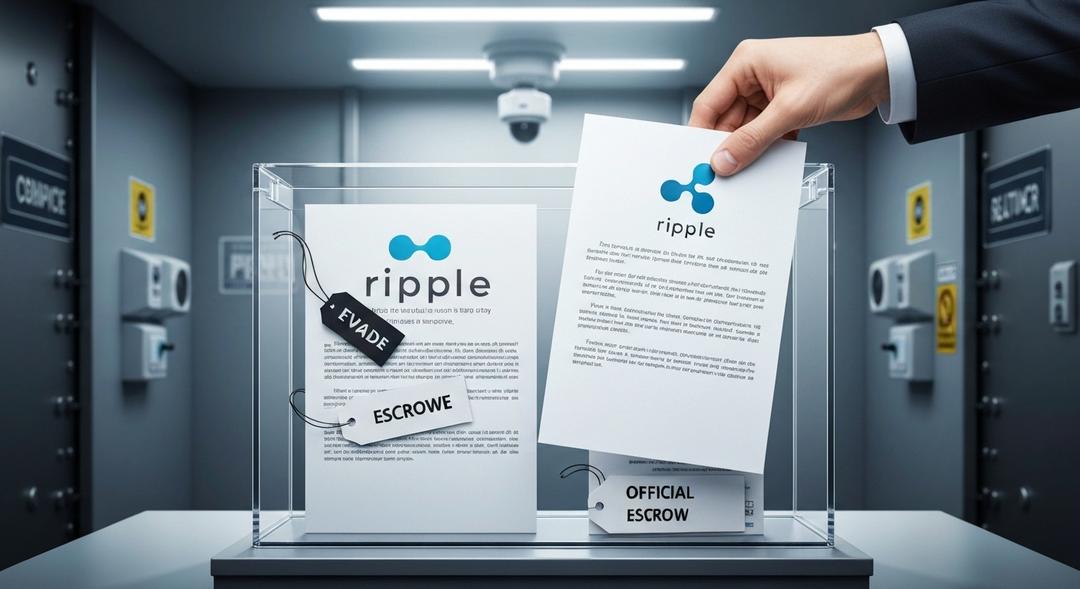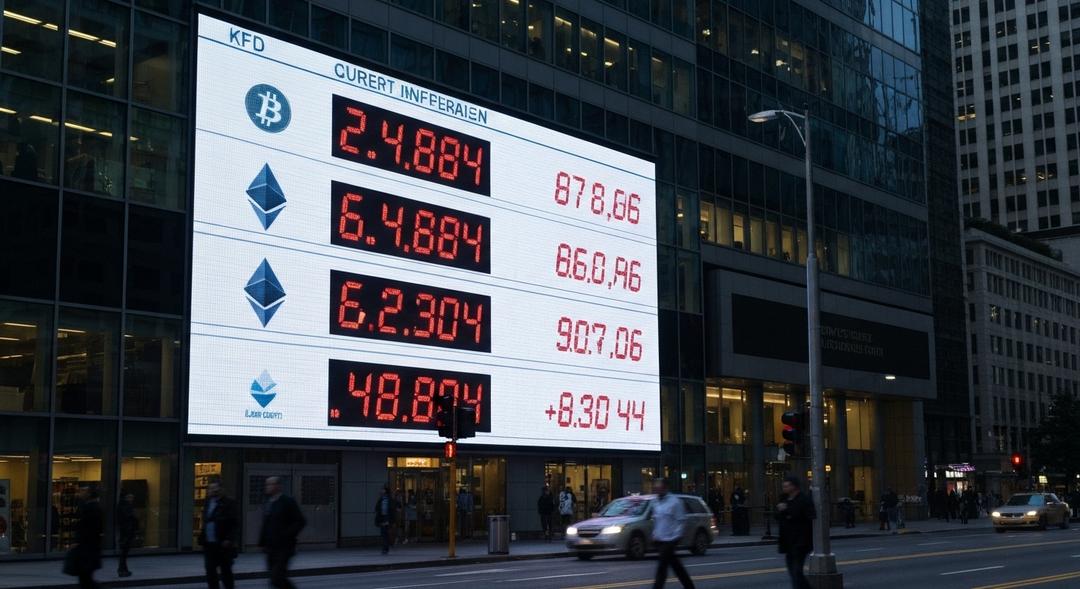Ripple’s lawsuit draws attention as debate over the penalty grows.
As the legal process moves forward, XRP’s $125 million penalty continues to be a focal point within the cryptocurrency market. The situation intensified after reports began to circulate, suggesting that Ripple had already transferred the penalty amount to the United States Treasury.
However, recent statements provide a crucial clarification regarding the matter. Former SEC attorney Marc Fagel intervened, confirming the penalty has not been paid but is still maintained in escrow. This distinction is significant because an escrow account fundamentally separates these funds from government control until all legal conditions are met.
The misunderstanding has resulted in ongoing debate across crypto communities. Many observers assumed Ripple had directly settled its penalty with US authorities. In truth, the funds remain securely locked away, unresolved, while legal procedures determine the final outcome.
Ongoing speculation about Ripple’s penalty continues to fuel discussions in investor circles. There is heightened curiosity about when—if ever—the Treasury will officially receive the payment. Such developments have direct consequences for market sentiment and for XRP itself.
Many parties wonder what this means for Ripple’s future operations. While the penalty is not yet finalized, the use of escrow ensures a level of transparency and protection for both Ripple and regulatory agencies. Experts believe that only after the conclusion of all legal reviews and regulatory processes will the funds potentially reach federal accounts.
This waiting period has injected uncertainty into XRP’s market trajectory. The broader crypto landscape is also watching closely, given the precedent this case could set for future regulatory action. Large-scale settlements and the handling of such significant penalties may influence how other digital asset companies manage legal disputes.
The ripple effects of this lawsuit are not confined to the parties involved. Investors, fintech innovators and compliance professionals all take cues from the outcome. Such high–profile legal battles often serve as a litmus test for how regulatory frameworks evolve within the United States and abroad.
Broader discussions now emerge about compliance, security and accountability within the digital economy. Many in the fintech and crypto sectors are redoubling efforts to ensure best practices in financial operations. Others examine the potential of services where you can Start Cloud Mining, seeing stable, transparent frameworks as vital for industry growth.
Ripple’s situation remains unresolved as the SEC and company lawyers continue their negotiations. Revelations regarding the penalty’s actual status further underline the need for clear, accurate communication in times of regulatory scrutiny. Misconceptions can easily sway market perceptions when information flows rapidly.
For many, the ongoing status of the penalty illustrates the complexities that modern fintech companies face as they interact with traditional legal and governmental systems. Each development is scrutinized not just for its immediate implications, but also for its role in shaping the future regulatory landscape.
Conclusion
As parties await the conclusion of the Ripple lawsuit, clarity about the escrowed penalty payment emphasizes the intricate relationship between innovative financial firms and regulatory bodies. The approval and release process for such penalties demonstrates the diligence required in high-stakes legal and financial contexts.
Ripple’s ongoing legal journey continues to captivate observers inside and outside the crypto industry. The eventual decision will impact not only Ripple and XRP, but also how similar cases are approached in the future, anchoring trust and transparency at the heart of financial technology.

Finlay’s interest in cryptocurrency sparked from a desire to explore new investment opportunities beyond traditional markets. With a focus on cloud mining, he has spent several years analyzing mining services, comparing contract plans, and evaluating profitability across different platforms. Finlay aims to provide clear, unbiased insights that empower readers to make informed decisions in the fast-paced world of crypto mining.




